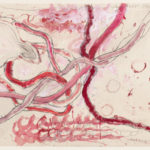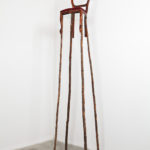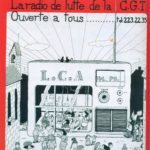
From #MeToo to #WeStrike: A Politics in Feminine
What will it take to move from #MeToo to #WeStrike? As the Latin American movements have shown, it is in the practice of this politics in feminine that a new collective subjectivity is born. It is not our experiences of violence that define who we are, but our struggle against violence that defines a collective we.
 Viewpoint Magazine
Viewpoint Magazine







